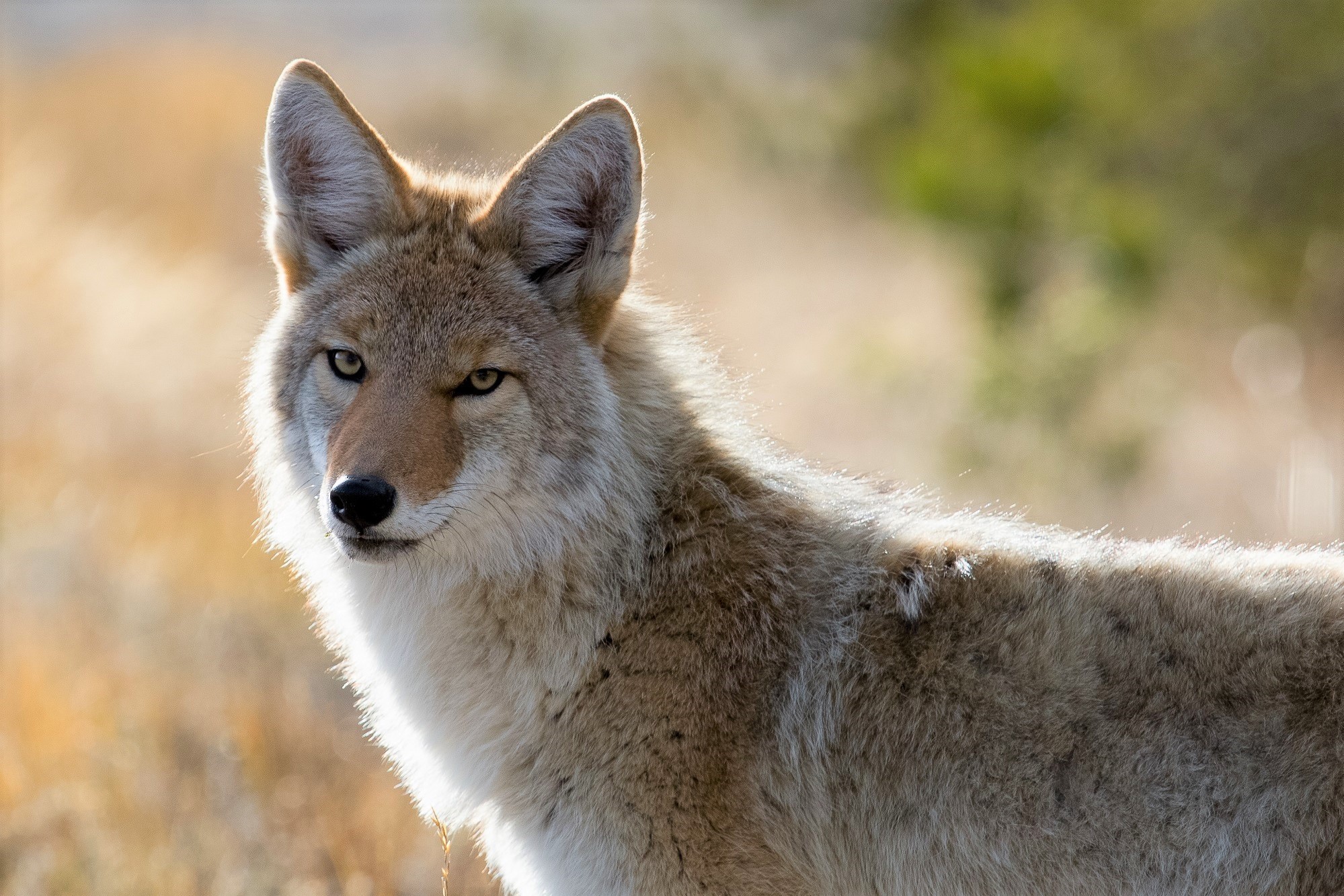Written by Julian, Little Green Guards® C.S.I.
INTRODUCTION
After discovering what animals share my backyard with me, I decided to explore another habitat type for my C.S.I. project.
Part 2 – Golf Course
Previously I observed that rabbits were the main animals using my backyard. They were there because my backyard has what they need – food, water, shelter, and possibly mates – all the important elements of a habitat1. To my surprise I did not see any predators, such as coyotes, despite coyotes being known to occur in San Diego2. Because I have heard them howl at night, I can confirm that they are in the area.
Beyond my backyard is a golf course and I wondered what animals I might see there. Would I find more or fewer animal species on the golf course than in my backyard? I predicted that there would be more animal species, including predators, found on the golf course than in my backyard. My reasoning for this was that since the golf course is bigger than my backyard, it could support more animals at the same time. Also, because the golf course is not fenced, it does not hinder animals, such as coyotes, from going there. I had another question. Would I see more or fewer rabbit events than occurred in my backyard? My prediction was that there would be fewer rabbit events on the golf course than in my backyard. I thought this would be the case because a crucial element for rabbits to survive are shelters, which are missing on the golf course. In contrast, my backyard has vegetation of different sizes, providing many areas for rabbits to hide.
METHODS



The monitoring period was 6/23/20 – 7/14/20. However, the camera malfunctioned due to a bad battery, so there were no data between 6/23/20 and 7/2/20. Also, this time I did not conduct any direct observation.

As before, I defined events as independent when two events were separated by at least a half an hour. Finally, I created a bar graph with the number of independent events per species and another graph showing the activity pattern of each species.
RESULTS AND DISCUSSION
The camera trap operated continuously for 11 days and produced a total of 234 photos. Based on the captured images, I confirmed my prediction that there would be more animal species on the golf course than in my backyard.



Having humans on the golf course is not surprising. The dogs also are not surprising because some nearby residents own dogs. In addition, I am not surprised to find crows because they are attracted to large open spaces with food. One might think that crows would stay away from golf courses due to the amount of people, but crows can fly away as needed.

I read that golf courses, particularly their artificial ponds, can provide suitable habitat in areas that otherwise might not have sufficient wetlands to support waterbirds, such as egrets. In fact, one study conducted in Florida found that over 40 species of waterbirds made use of golf courses3.

Coyotes and skunks do occur throughout San Diego and can adapt to urban and semi-urban environments2, 5.


If you remember I had another prediction, which was having fewer rabbit sightings on the golf course than in my backyard. That prediction was also correct. In fact, I had no rabbits in my camera trap photos this time. The absence of rabbits is likely due to the presence of coyotes and the lack of places to hide. A possibility of why they were able to live in my backyard may have been that that my neighbors have big dogs, which potentially scared away coyotes.
Before the golf course and nearby residential community were developed, this area was a coastal sage scrub habitat8 that harbored many native species. In Part 3 of my C.S.I. project, I will investigate what animals occur just beyond the golf course, in an adjacent property that has far less human disturbance. More exciting animal species await!
Sources:
- https://www.biologyonline.com/dictionary/habitat
- https://nrm.dfg.ca.gov/FileHandler.ashx?DocumentID=2562&inline=1
- http://gsrpdf.lib.msu.edu/ticpdf.py?file=/2000s/2005/050307.pdf
- https://nhpbs.org/natureworks/greategret.htm
- https://nrm.dfg.ca.gov/FileHandler.ashx?DocumentID=2602&inline=1.
- https://nrm.dfg.ca.gov/FileHandler.ashx?DocumentID=2561&inline=1
- https://nrm.dfg.ca.gov/FileHandler.ashx?DocumentID=2601&inline=1
- https://en.wikipedia.org/wiki/Coastal_sage_scrub
Julian is a 5th grade student in San Diego County.

